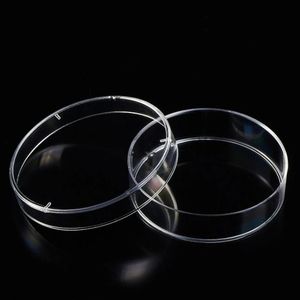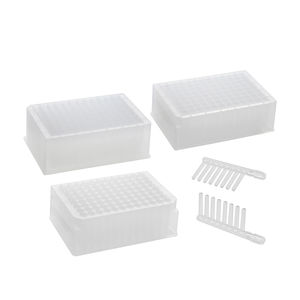
- Company
- Products
- Catalogs
- News & Trends
- Exhibitions
Petri dish C03
Add to favorites
Compare this product
Description
Petri dishes, also known as culture dishes, are essential tools in laboratory settings for the cultivation and observation of microorganisms and cells. These cylindrical, shallow dishes come in various sizes and materials, providing a controlled environment for growth and research. Whether you work in microbiology, cell biology, or other scientific disciplines, understanding the uses, materials, and best practices for Petri dishes is vital for successful laboratory culture experiments. In this article, we will dive into all things Petri dish, uncovering their applications, materials, and tips for achieving optimal results in your research.
Petri dishes, widely used in laboratory culture, serve as indispensable tools for cultivating and observing microorganisms and cells. These shallow, cylindrical laboratory dishes provide researchers with a controlled environment for growth and experimentation. With their diverse applications across various scientific disciplines, understanding the uses, materials, and best practices for Petri dishes is crucial for successful laboratory culture experiments.
The primary use of Petri dishes lies in microbiology, where they enable the isolation and cultivation of microorganisms for further study. These dishes act as a welcoming environment for bacteria, fungi, and other microbes, allowing researchers to observe, identify, and characterize them. Furthermore, Petri dishes play a vital role in antibiotic susceptibility testing and the evaluation of antimicrobial compounds.
Catalogs
No catalogs are available for this product.
See all of HWTAi‘s catalogsRelated Searches
- Container
- Sample tube
- Laboratory sample tube
- Microtiter plate
- Collection tube
- Sample box
- Cylindrical collection tube
- Laboratory holder
- 96-well microplate
- Blood collection tube
- Laboratory microplate
- Laboratory vial
- Pipette tip
- Pipette
- Waste container
- Tube laboratory rack
- Polypropylene sample tube
- Sampling kit
- Laboratory container
- Conical test tube
*Prices are pre-tax. They exclude delivery charges and customs duties and do not include additional charges for installation or activation options. Prices are indicative only and may vary by country, with changes to the cost of raw materials and exchange rates.





